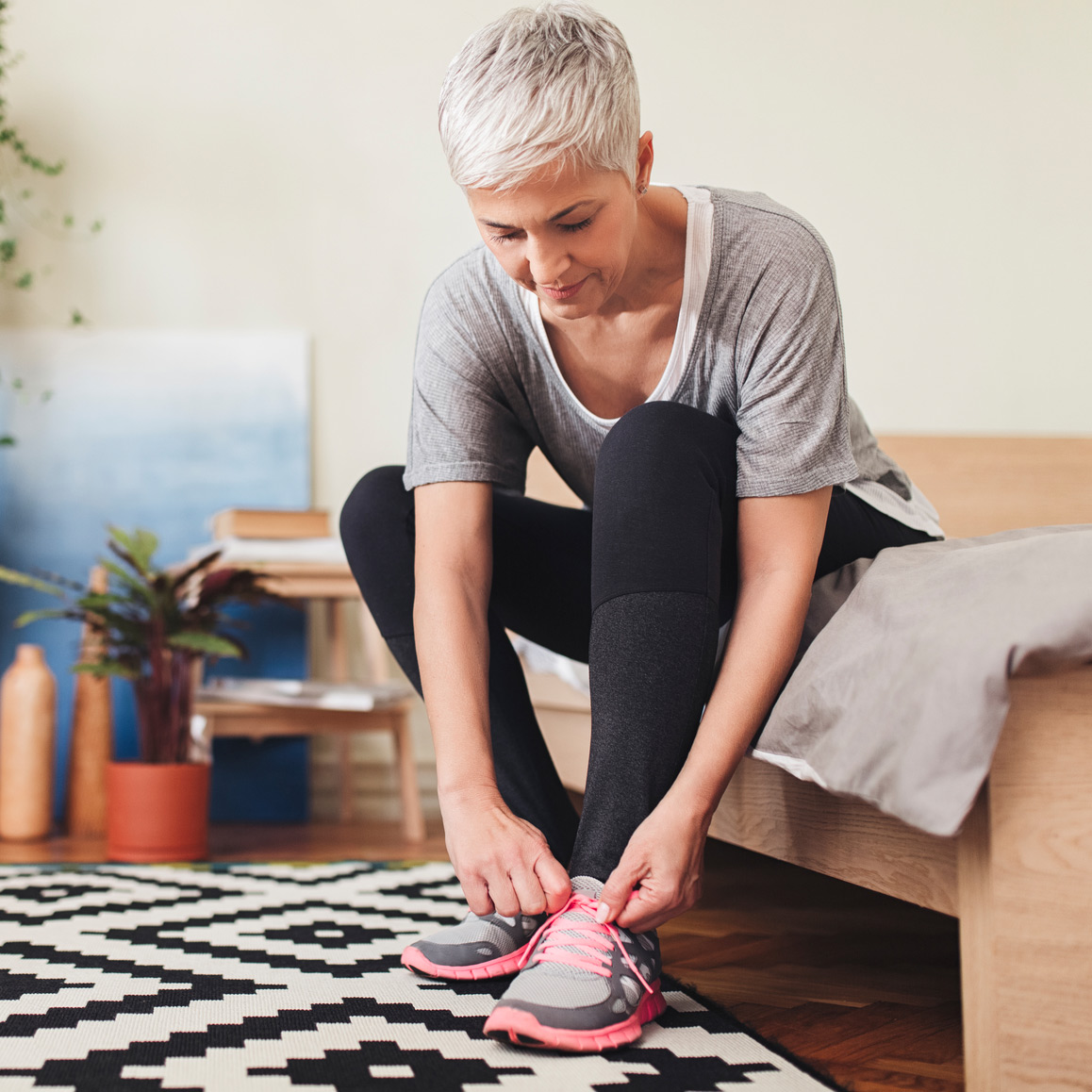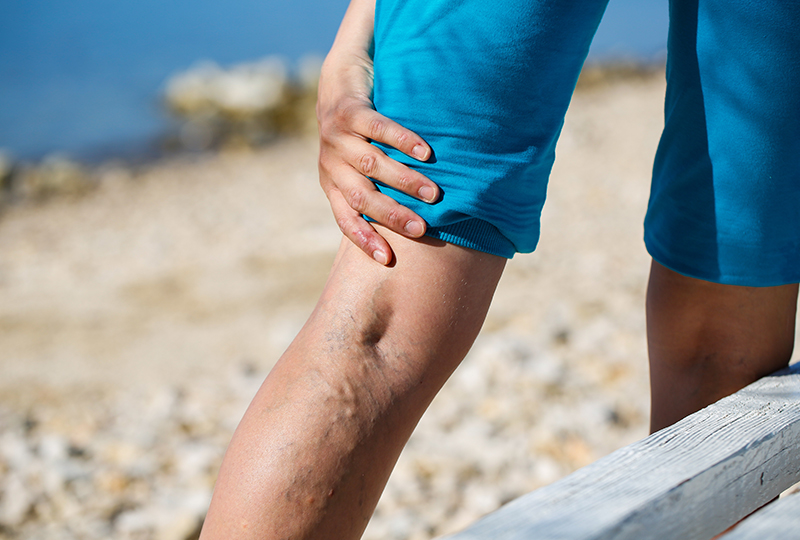A vascular specialist can determine if changes to your legs are harmless or if they are a sign of a serious health concern.
For many people, the appearance of tiny veins on their legs is nothing unusual. It’s important, however, to understand when these spider veins or varicose veins are merely a cosmetic nuisance and when they could signify a serious underlying problem.
What are spider veins?
Known as spider veins, these red, spindly lines are painless and are often caused by factors such as genetics, obesity or pregnancy. Because they are smaller than 1 mm in diameter and aren’t caused by significant vein damage, spider veins are harmless and don’t require any type of treatment.
What are varicose veins?
When other symptoms accompany spider veins, however, a more serious condition could be at play.
“It’s not uncommon for people with spider veins to have more significant problems under the surface,” said Dr. Stephen F. Daugherty, a vascular disease specialist and surgeon at the Vanderbilt Vascular Surgery Clarksville.
“It’s not uncommon for people with spider veins to have more significant problems under the surface.”
Primarily, people with spider veins should be aware of additional symptoms that could be a sign of a more significant condition known as varicose veins.
Measuring more than 3 mm in diameter, varicose veins are stretched over time, becoming curved and distorted, Daugherty said. The one-way valves in the veins also start to fail, resulting in blood being pulled down into the legs, rather than up toward the heart.
“The blood running down into the legs with gravitational force creates high pressure in those veins, and that’s where we start running into real problems,” Daugherty said.
Diagnosing varicose veins
Symptoms that could indicate varicose veins include:
- Leg swelling or discoloration.
- Pain, aching or tenderness in the legs.
- Pink or brown rash on the ankles.
- Spider veins appearing in a cluster or starburst pattern.
- Tired, heavy sensation in the legs, especially with sitting or standing.
“Anyone experiencing unusual changes in their legs needs to see a vascular specialist to evaluate what’s going on,” Daugherty said.
“Anyone experiencing unusual changes in their legs needs to see a vascular specialist to evaluate what’s going on.”
By using a high-end venous ultrasound, specialists can diagnose varicose veins and evaluate where blood flow is normal and where it is not.
“We want to leave the normal veins alone and treat the veins that are stretched enough that the valves don’t function correctly,” Daugherty said.
Patients should be aware, however, that this type of venous ultrasound must be performed by specialists and usually is not available at primary care offices or outpatient clinics. They should visit a vein specialist.
Treatments for varicose veins
Once identified, varicose veins are treated based on their size, location and shape, Daugherty said.
The most common treatment for most varicose veins is foam sclerotherapy, a minimally invasive procedure involving a foam solution that is injected into the abnormal veins with ultrasound guidance. The foam displaces the blood, causing the vein to swell and seal shut. Then, over the course of several months, the vein shrinks and disappears.
“Foam sclerotherapy has revolutionized our ability to treat patients with varicose veins.”
“Foam sclerotherapy has revolutionized our ability to treat patients with varicose veins and should be an important part of any vein center,” Daugherty said.
Another technique involves placing a small catheter inside the vein to heat the vein and seal it shut. This procedure is called endovenous thermal ablation. It requires a tiny 2-mm incision and several injections of local anesthetic.
Sometimes very large varicose veins are removed through a series of 2-mm incisions with local anesthesia, a technique called microphlebectomy.
Seek vein expert care
The good news is that treatments are available. Daugherty offered some advice for finding the right health care provider for you.
“The key to all treatment of varicose veins is to seek care in a specialized clinic with experienced vascular clinicians and access to highly specialized diagnostic tools such as specialty venous ultrasound exams,” Daugherty said.

Need help?
You don’t have to live with discomfort. The experts at Vanderbilt Vascular Surgery Clarksville can help with vein problems in the legs that cause symptoms such as itching, heaviness, swelling, tiredness and sometimes, pelvic pain.

